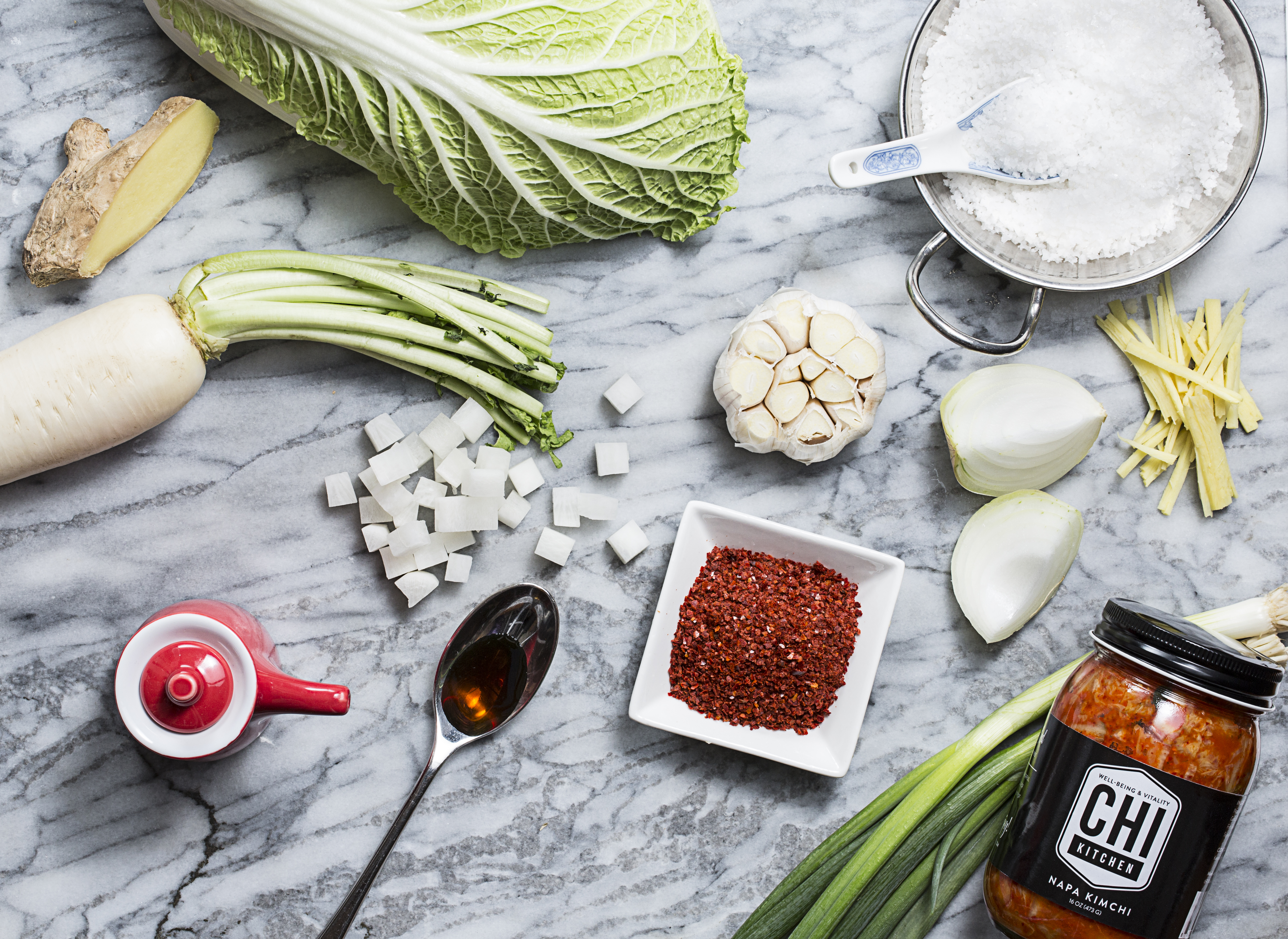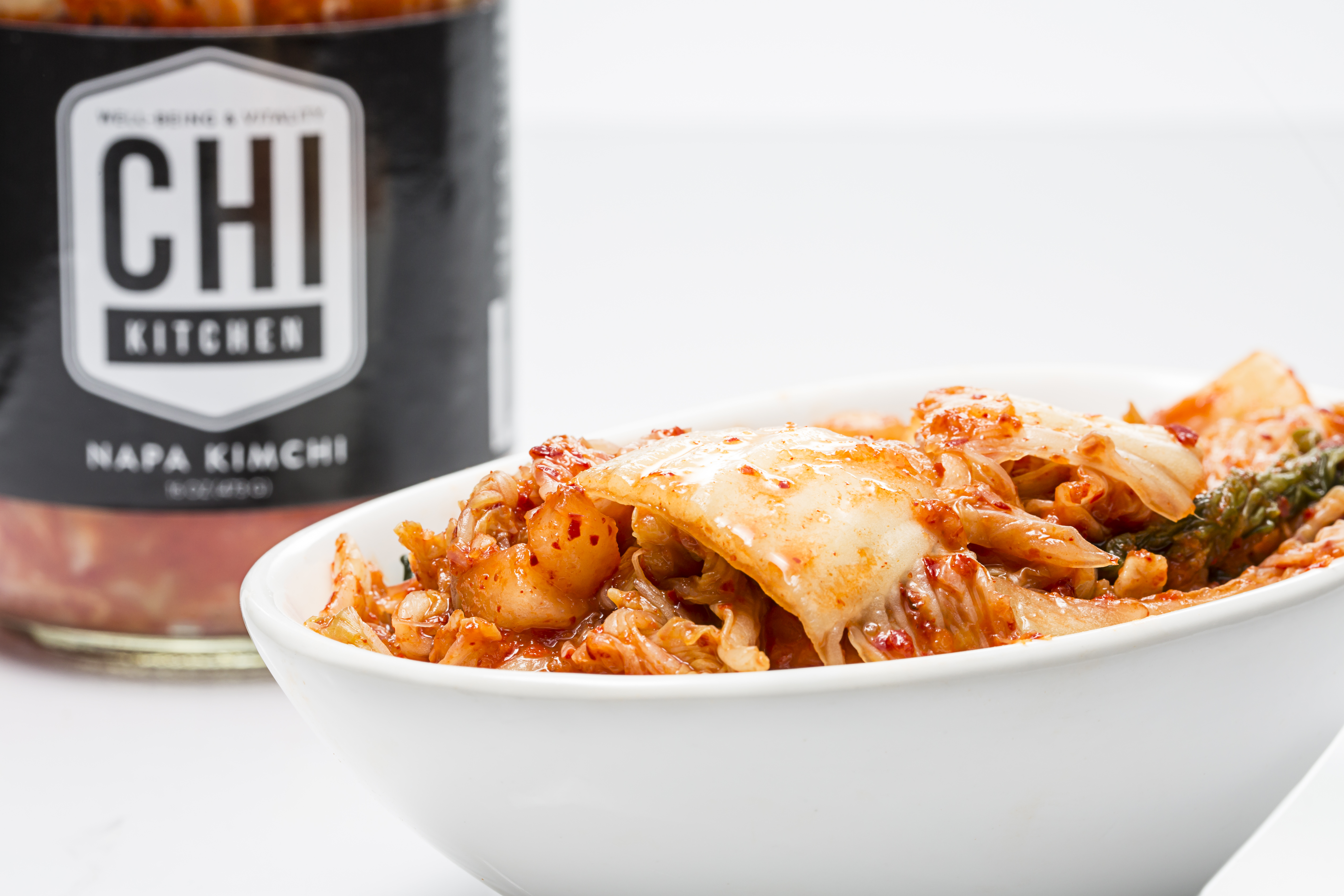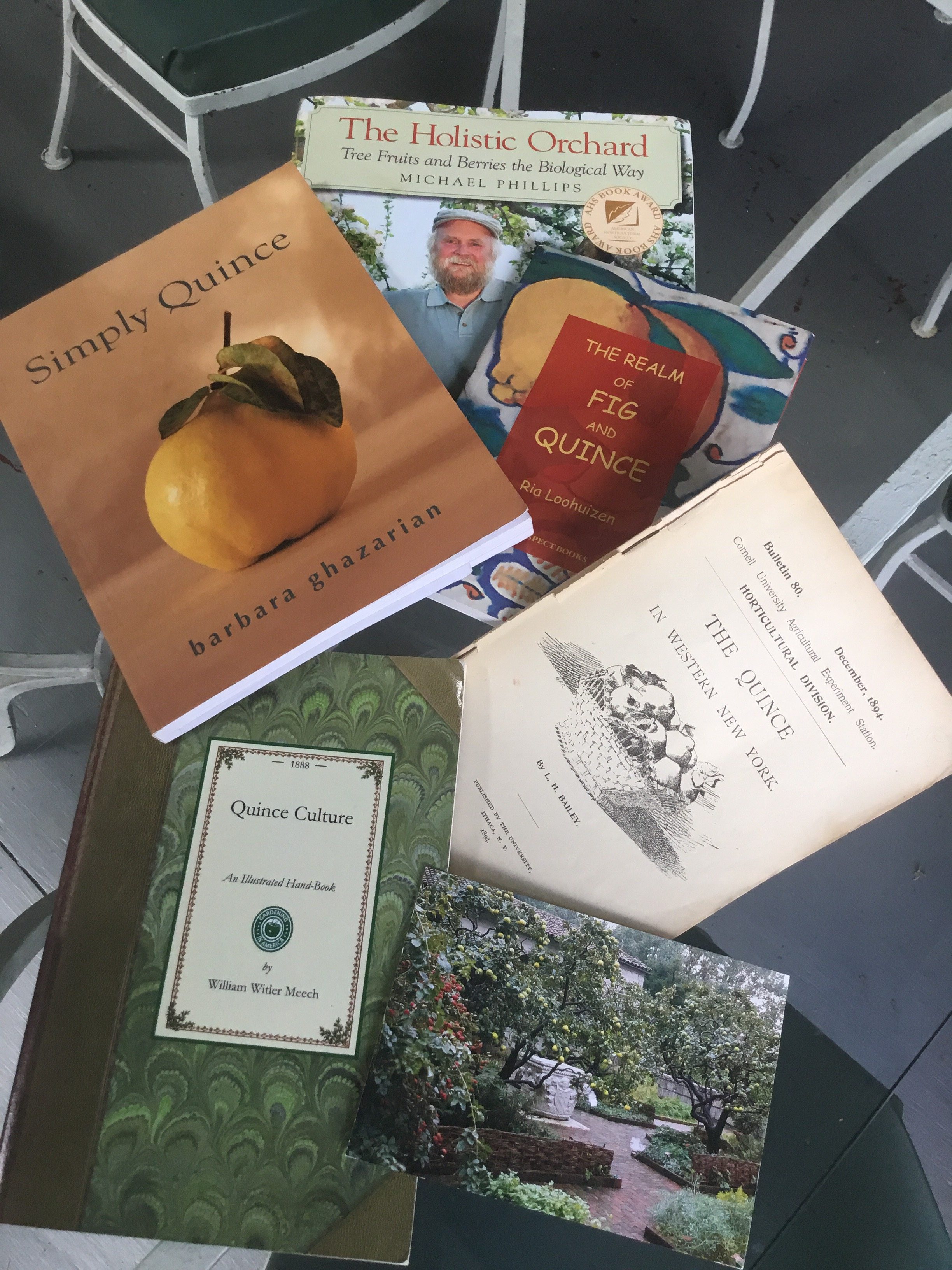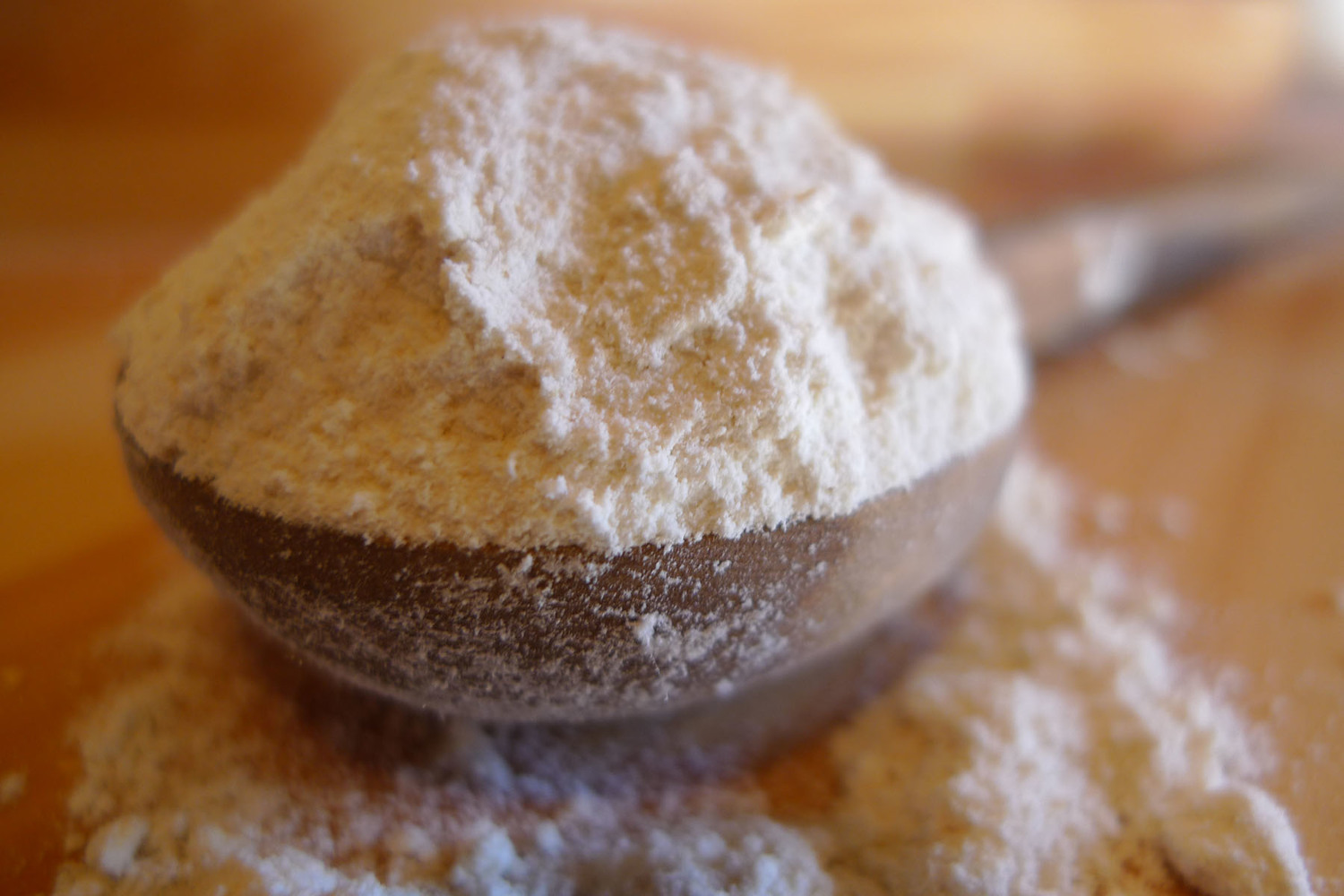State Bird Provisions is one among many to regularly feature Hodo Soybeanery’s legendary Yuba skin. If you’re wondering what that is, it’s the skin that forms on the vat of soybean milk as it’s being turned into tofu. It’s considered a delicacy and after tasting it, we know why. See what they do here. Or watch Daniel Patterson make it look easy here. SF Chronicle’s article on Hodo Soybeanery’s Yuba is pretty much a who’s who of CA restaurants.
We spoke with Minh Tsai, of Hodo Soybeanery, to learn more about his process.
We chatted with Minh Tsai, founder of Hodo Soybeanery, to learn more about the roots of Hodo.
SFB: What made you specialize in tofu and yuba?
Minh: I always loved to cook, and here in the Bay Area in the early 2000s, the organic farming & artisan food world was starting to gain a foothold in the minds & mouths of folks here.
All areas of the food world here were beginning to produce wonderful raw ingredients and products, however, something so simple, clean, and basic as tofu, a staple in the Asian family pantry was missing.
Fresh tofu and yuba, traditionally made and consumed daily in Asia were not easily found on Asian nor Western store shelves at that time, so I decided to learn how to make a tofu with traditional culinary value, the highest nutritional value, and with the cleanest ingredients available to me.
After an enthusiastic response at the Palo Alto Farmers’ Market and growing demand through word-of-mouth, I left my career in finance. In 2004, I founded what would become Hodo – a company whose mission is to craft the highest quality, best-tasting, freshest soymilk, tofu, and yuba possible.
SFB: Your tofu and yuba are different than much of the stuff that’s commercially available. What experience/person inspired you to do things this way? Is it harder to do things your way? Why do you do it anyway?
Minh: Before immigrating to the US, I grew up in Vietnam, where some of my earliest memories were going to the tofu stand with my grandfather. These early food memories have been with me every step of the way in learning how to make tofu.
We don’t want to make a product that has a good pedigree (organic, non-GMO, US sourced beans) and made by hand, then not have the texture & flavor profile be flexible enough for different applications. We feel like tofu and yuba are often considered secondary ingredients, should be cheap, or are a substitute for meat and for that reason, the tofu space has not changed for decades in this country.
We do a lot of tweaking in our production process to ensure artisan quality, especially as we’ve grown, since we do have to mechanize things to be viable. However, we choose to use machines to do the “hard” work and still need people to do the artisan aspects of our food making to get the right final product. Our yuba, to this day is still 100% hand-made. We’re proud of that! Other tofu makers will ask us how we do it; when we say we do it the old-school way of hand cutting and folding, they are usually incredulous.
SFB: Anything you wish chefs (and servers, and consumers) realized about your product that they might not know?
Minh: We’re extremely humbled by the fact that so many types of customers use our tofu and yuba. We’re incredibly surprised that the range of customers is so diverse and use our products in vastly different ways. In some sense, that’s a testament to the product itself and is based on an immediate visceral reaction after tasting. (We’ve had many home and professional cooks tell us they hated tofu until they tried ours.) By chefs, it hasn’t been pigeon-holed as an Asian culinary ingredient.
Our range of clients goes from Japanese and Chinese to French, Mexican and from food trucks to Michelin Star restaurants. On that front, we’re lucky to have innovative chefs understand tofu and yuba simply to be a food ingredient to be treated like any other. We do a lot of education and work with chefs to come up with ways of incorporating our products into their repertoires.



